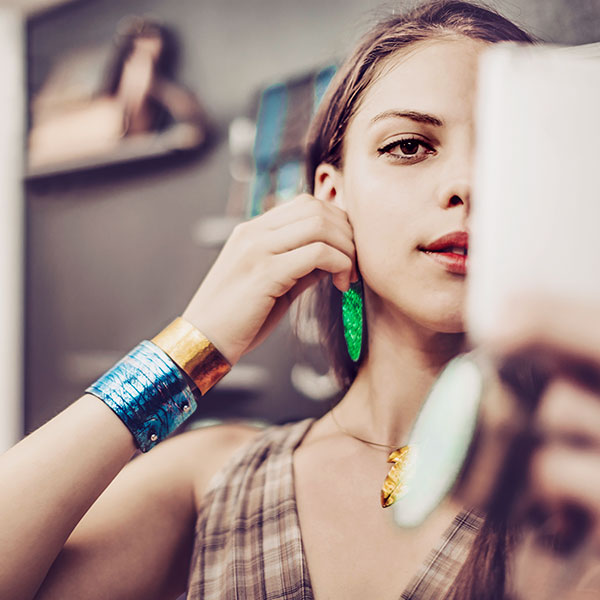
Retailing used to be a straightforward business. Store owners stocked, advertised, and sold products; customers bought them. But the rise of technology—first the internet, then devices, artificial intelligence (AI), robotics, and more—has presented retailers and consumers alike with innovations that are upending time-honored norms. This evolution has been so rapid, it can be difficult to keep up. Here are five technological developments currently influencing the retail landscape.
Nonexistent Checkouts
The traditional cash register may soon be a bona fide relic. Major retailers, from Starbucks to Apple, have been pioneering methods for register-free checkouts for years. But retail transactions of the future likely won’t even involve a handheld tablet—or a shred of human interaction. Take Amazon’s new Amazon Go convenience stores, which ditch the checkout process altogether. Shoppers simply walk in, scan a proprietary app on a turnstile, pick up their products (all merch is RFID-tagged), and walk out. They receive an emailed receipt when they exit.
Digital Assistants

It’s not only checkouts that are becoming more automated. There’s a growing stable of technological tools designed to let clothing shoppers locate the perfect item, put together items to create outfits, or both. FindMine’s retailer-facing “Complete the Look” technology creates complete outfits around every product available on a retailer’s site, while universal scanner Slyce lets users take a photo of an item to receive direct matches (or products that are similar).
Robots
Artificial intelligence may still conjure visions of translucent humanoids, but consumers are interfacing with AI-powered tech already—iPhone’s digital assistant Siri is powered by AI, as are the more sophisticated e-commerce chatbots. But as AI technology advances, we will probably see more physical robots roaming stores. In 2018, home improvement retailer Lowe’s introduced the LoweBot, a robot that greets customers and responds to their questions. And Walmart will roll out robots in 50 of its stores for the purpose of tracking inventory in real time.
Personalization
AI is also allowing retailers to offer more products that are personalized and/or customized—crucial capabilities for retailers of the future. (More than 75 percent of consumers said they’re more apt to shop with retailers that can provide recommendations based on their customers’ personal taste, according to a recent study by Accenture.) An avalanche of technology has already been integrated by retailers around the goal of personalizing products. Much of it lives online (like Nike’s “Nike By You” online shoe-builder, which lets shoppers customize every element of a pair of sneakers). But as 3D printers become more sophisticated, we’ll surely see more in-store examples of this.
Faux Spotters
Luxury goods retailers are seeing the proliferation of tech tools that verify the authenticity of their inventory. Entrupy, a leading one, uses AI and machine learning to determine if an item is the real thing: Retailers take photos of certain elements of handbags, jewelry, and so forth, and the software studies them for off-brand irregularities. The accessible-by-app system has an impressive 99.1 percent success rate.
(Top: Eva Katalin/E+/Getty; insets: Courtesy Slyce Media)